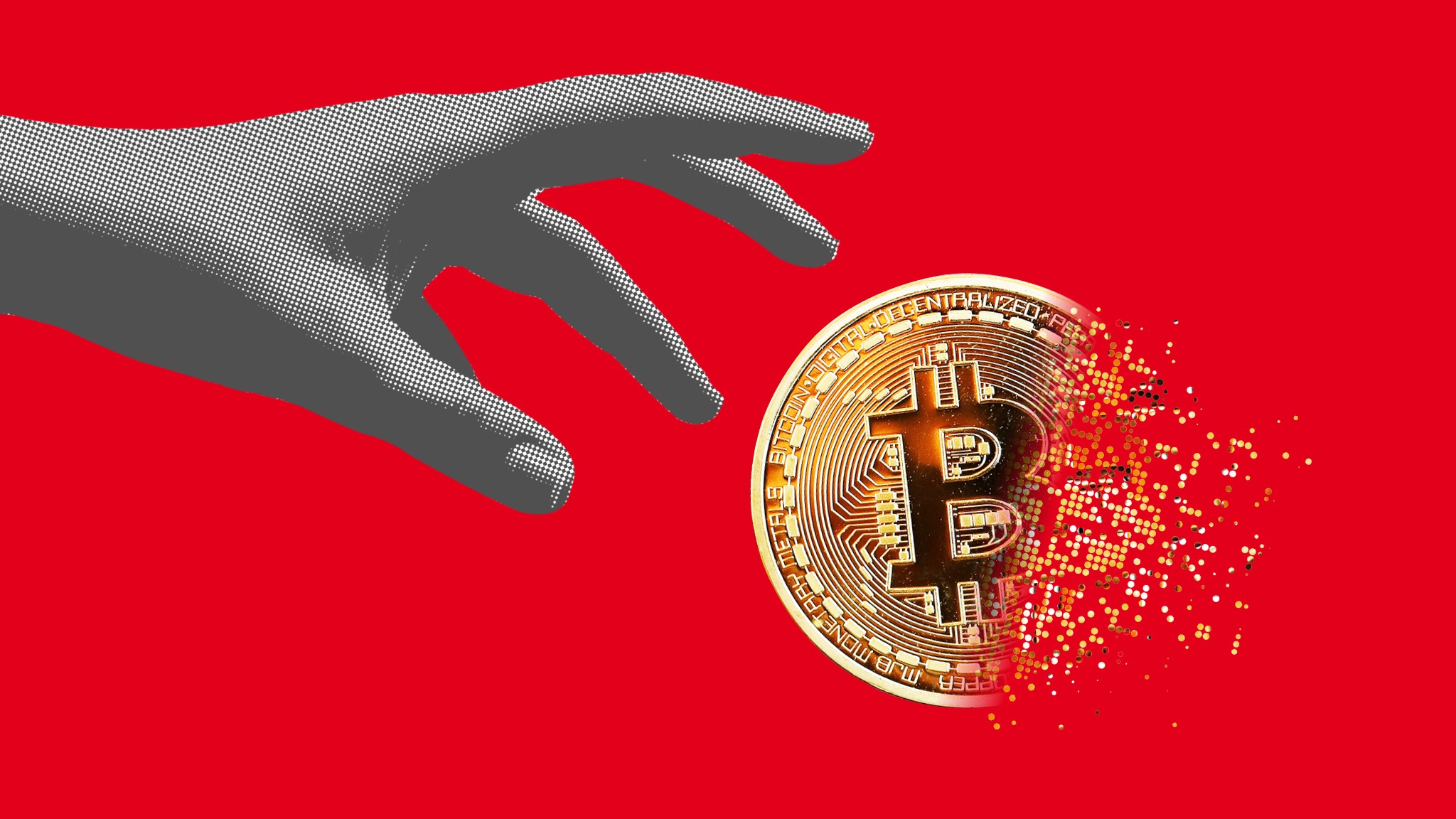On 16th November 2022, the Jinja South East Division MP, Nathan Nabeta Igeme tabled a motion to seek leave of Parliament to table the Capital Markets Bill. Parliament unanimously granted the motion after he attached the draft bill in accordance with procedures. The Final Bill was put together in May 2023, and the clerk to Parliament formally wrote to the Minister of Finance to grant MP Nabeta a certificate of financial implication.
“The certificate of financial implications assesses the cost versus revenue of the bill and it is a requirement of every bill as per Section 76 of the Public Finance Management Act 2015 and the Rules of Procedure of Parliament,” says Louis Namwanja Kizito, a lawyer with Pentagon Advocates who worked on the bill. “ Once the certificate of financial implication is received, the bill can then advance to the first reading after which it will be referred to the appropriate committee of parliament”
This bill is the first true attempt to finally regulate virtual assets in Uganda, after years of legal ambiguity. Virtual assets, also known as digital assets, are intangible objects or representations that exist in a digital or virtual environment. These assets can be owned, traded, and used within various digital platforms or virtual worlds. They encompass a variety of forms, including cryptocurrencies, virtual currencies, digital collectables, and virtual real estate.
One of the most well-known examples of virtual assets is cryptocurrencies. Bitcoin, introduced in 2009 by an anonymous person or group using the pseudonym Satoshi Nakamoto, was the first decentralised digital currency. Operating on blockchain technology, Bitcoin allows secure and transparent transactions. Ethereum, introduced by Vitalik Buterin in 2015, is another prominent virtual asset. It is a blockchain-based platform enabling the creation of smart contracts and decentralised applications (DApps), with its native cryptocurrency called Ether (ETH).

It’s important to note that while blockchain technology is often associated with virtual assets, not all virtual assets run on the blockchain. Centralised systems may manage some virtual assets, particularly within online gaming platforms. However, blockchain technology offers advantages such as decentralised control, immutability, and transparency, making it a popular choice for virtual assets like cryptocurrencies and NFTs. Alternative solutions are also emerging, exploring technologies like Directed Acyclic Graphs (DAGs) or other decentralised protocols to create virtual assets and digital ownership systems.
“The bill is not just focusing on virtual assets, but also on the mainstream capital markets. It does not seek to regulate the capital markets asset classes but the conduct and behaviour of those in the market offering these products. This will allow more innovation even in the capital markets, including the new category of virtual assets service providers that the bill seeks to regulate.” explains Louis. “In regard to virtual assets, the bill seeks to regulate the transfer of these assets. If I hold a virtual asset, and I need to transfer it, the bill stipulates what kind of due diligence that the virtual assets service providers should do.” he adds.
“The bill also caters for how one can tokenize a real-world asset so that one can transact it on the blockchain,” says Louis, “also the overarching intention of the Bill is to aid asset tokenization on the blockchain. “Tokenization is the process of putting a real-world asset on the blockchain. Currently, there are many youths doing asset tokenization of real estate and they need regulatory certainty.”
Also, the bill clarifies the custody of virtual assets. This clause is important, especially coming on the back of the collapse of crypto exchanges like FTX and crypto lender Celcius. As a custodian of a virtual asset, the company doing custody, which is the safekeeping of virtual assets, shouldn’t use the asset as it owns it. One of the biggest reasons for the collapse of FTX was the mixing of the virtual assets of the company and those belonging to its clients. The bill is clear on the segregation of the assets of clients from those of the custodian holding assets on behalf of clients.
In Schedule Five, which has been introduced, the bill stipulates what should be in a whitepaper. Normally, if one is going to issue a token on a blockchain, it is accompanied by a white paper, which is similar to a prospectus of a company that is going to issue shares on the stock market that discloses information to the people that might be interested. Schedule 5 of the bill shows what is supposed to be in the whitepaper and all the boxes the issuer of a token on the blockchain is supposed to tick. This will fight information asymmetry in the market.
The bill will also streamline Know Your Customer(KYC) requirements for virtual assets service providers especially when one is transferring assets. This will help to combat money laundering which has been a clear concern. “The Anti-Money Laundering Act, 2013 was amended in 2020 to include virtual assets as accountable persons to the Financial Intelligence Authority, but this wasn’t enough. The bill makes further clarifications”

Uganda will be looking to join other countries that have regulated virtual assets in one way or another. Some countries like Mauritius and Botswana have elected to have a separate virtual assets act while Egypt is also concluding their own act. Other countries like Kenya, have simply amended the existing Capital Markets Act, to include virtual assets and their bill is on the first reading.
Why is regulating virtual assets important?
Ugandans have lost a lot of money to crypto scams with some estimates putting the figure as high as $1bn which is 4% of the country’s GDP. This has partly been caused by a lack of clear regulations which the scammers have taken advantage of. And also, it has hindered education around virtual assets which would have helped to prevent these.
One of the scams was OneCoin, whose leader Ruja Ignatova is on the FBI’s List of the Most Wanted Fugitives having disappeared in 2017 with about $4bn after her touted “bitcoin killer” collapsed. The scam, which started in Europe, reached Uganda. “OneCoin reached as far as Mbarara and Ntungamo. It was sold through a multi-level (network) marketing structure and also posed as a cryptocurrency. But anyone who understood crypto could see it was a scam. They had no blockchain or a whitepaper. So many Ugandans fell for that scam and lost millions of dollars. For now, if someone comes up with another fake coin, it is neither legal or illegal under our current laws.”
Also, the lack of regulations meant that Ugandans who had invested in exchanges that collapsed like FTX had no respite. “In Japan, everyone that had invested in FTX was paid back due to their clear regulations. FTX Japan was like a separate entity from the global FTX, and Japan’s regulations were clear in protecting Japanese users. If we regulate these exchanges, then users will just ask if someone is licensed or not before making any transactions”.
Louis also explains how legal clarity can help to increase financial inclusion. “I was advising on a transaction where a major social impact funder wanted to fund a project that leveraged asset tokenization to give refugees investment opportunities who were not financially included in traditional finance systems. These transactions would have been swift, and cheap but the funder pulled out due to the lack of regulatory clarity.
Louis also says, “Once the government streamlines virtual Assets, they can then amend their income tax laws to collect certain capital gains or withholding taxes from transfers associated with virtual assets. At the moment most of these transactions are happening underground and the government is losing out on tax revenues. The biggest motivation for Kenya amending its capital markets authority act this year is to collect capital gains taxes. Unfortunately, people at the Ministry of Finance aren’t being forward thinking enough to realise the opportunities”.

 Redefining the CFO Role in Oil and Gas: Inside How UNOC’s Emmanuel Mugagga Is Executing Strategy for National Impact
Redefining the CFO Role in Oil and Gas: Inside How UNOC’s Emmanuel Mugagga Is Executing Strategy for National Impact


